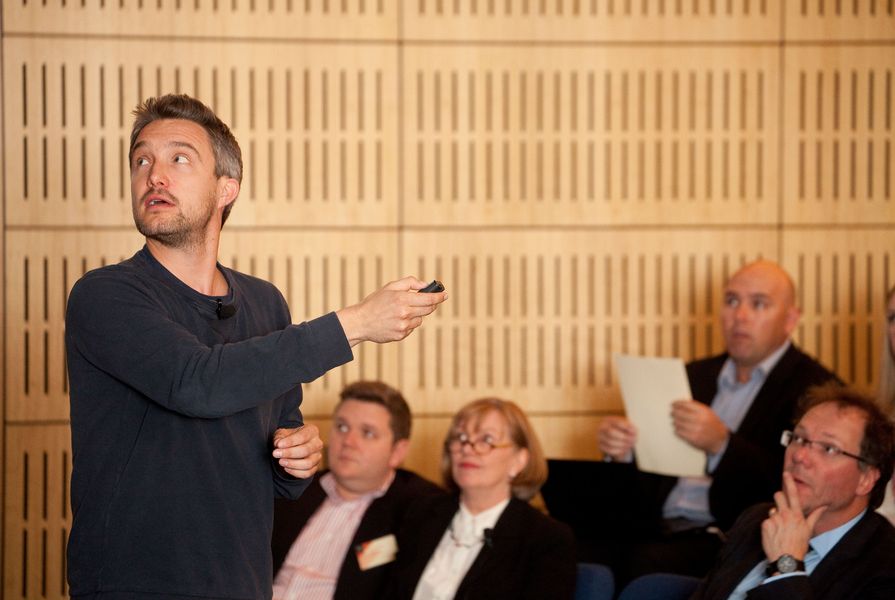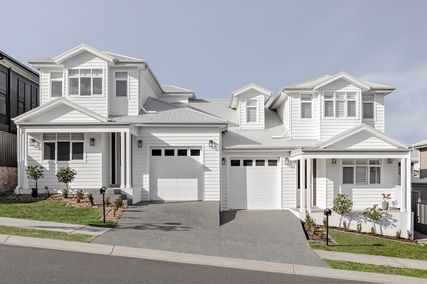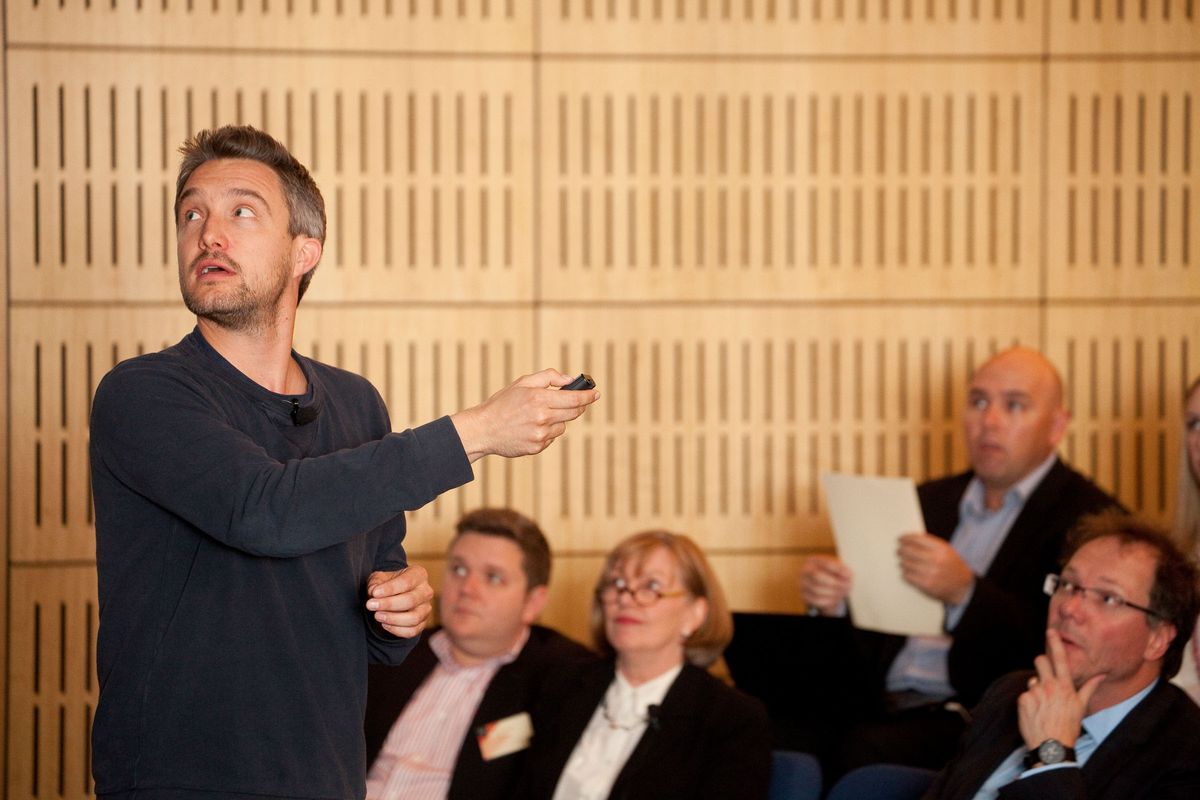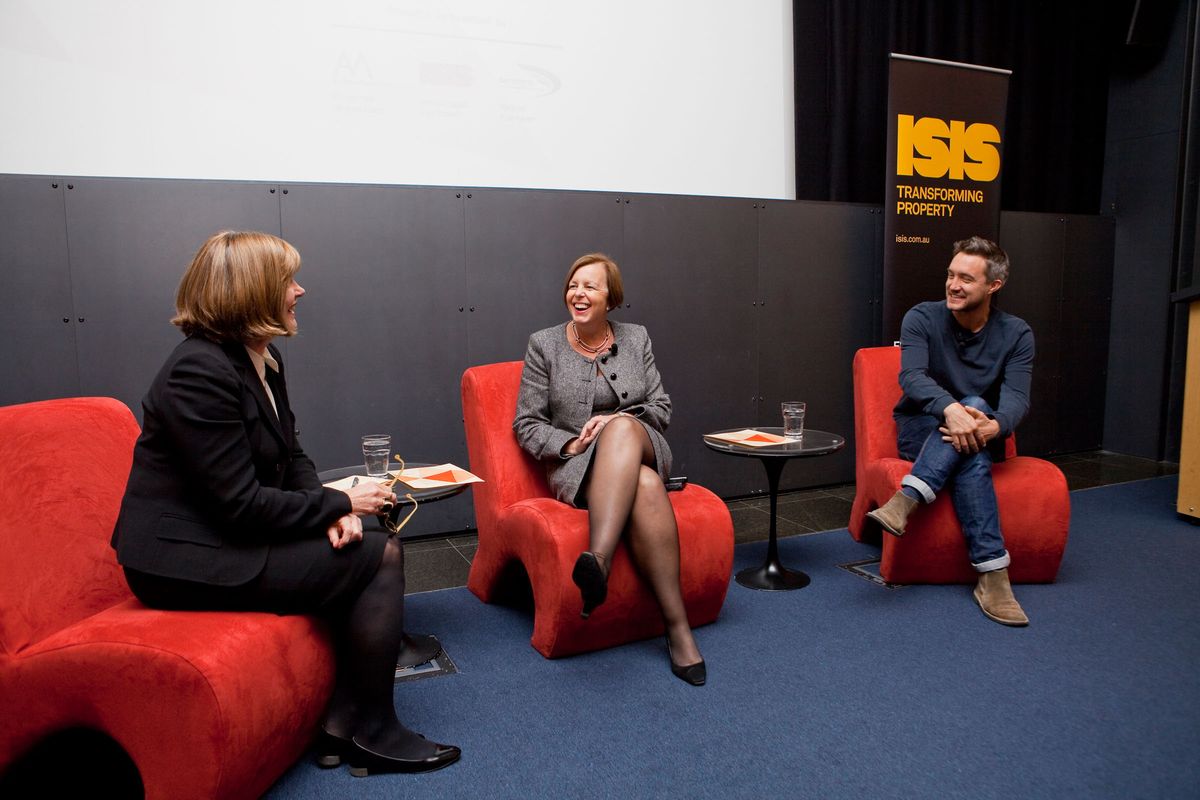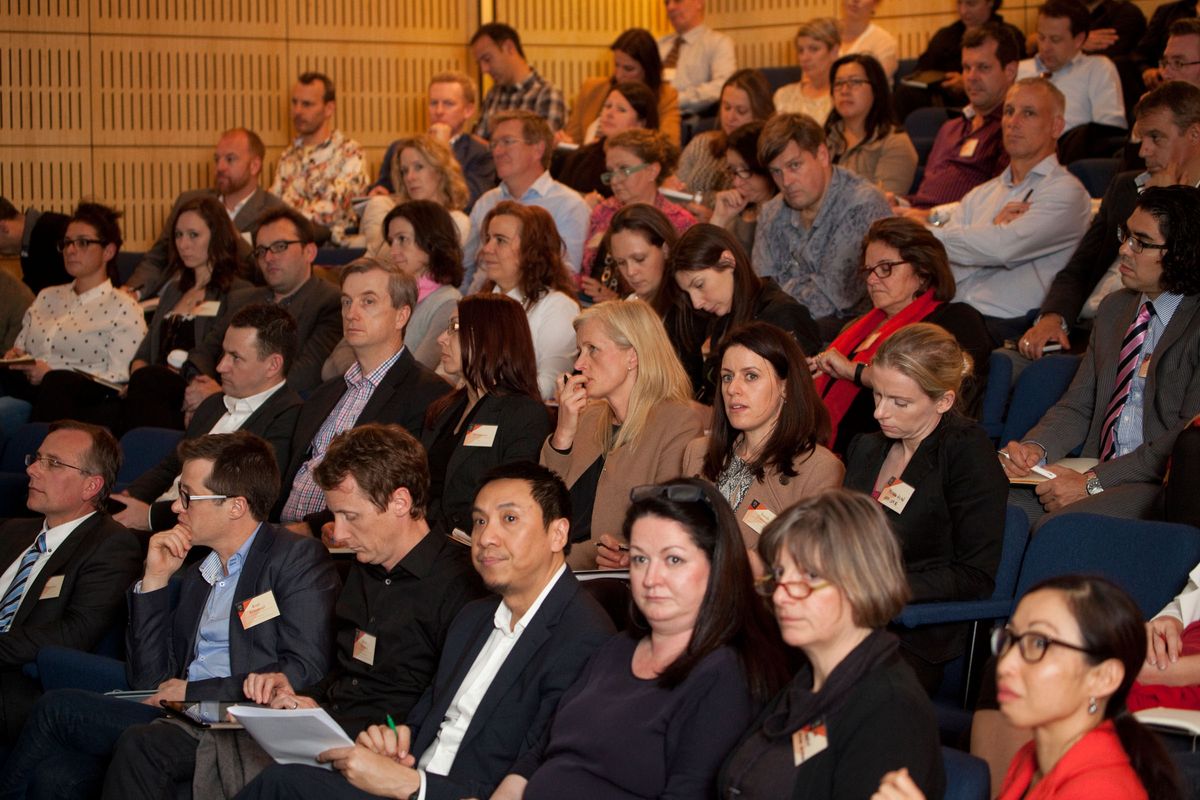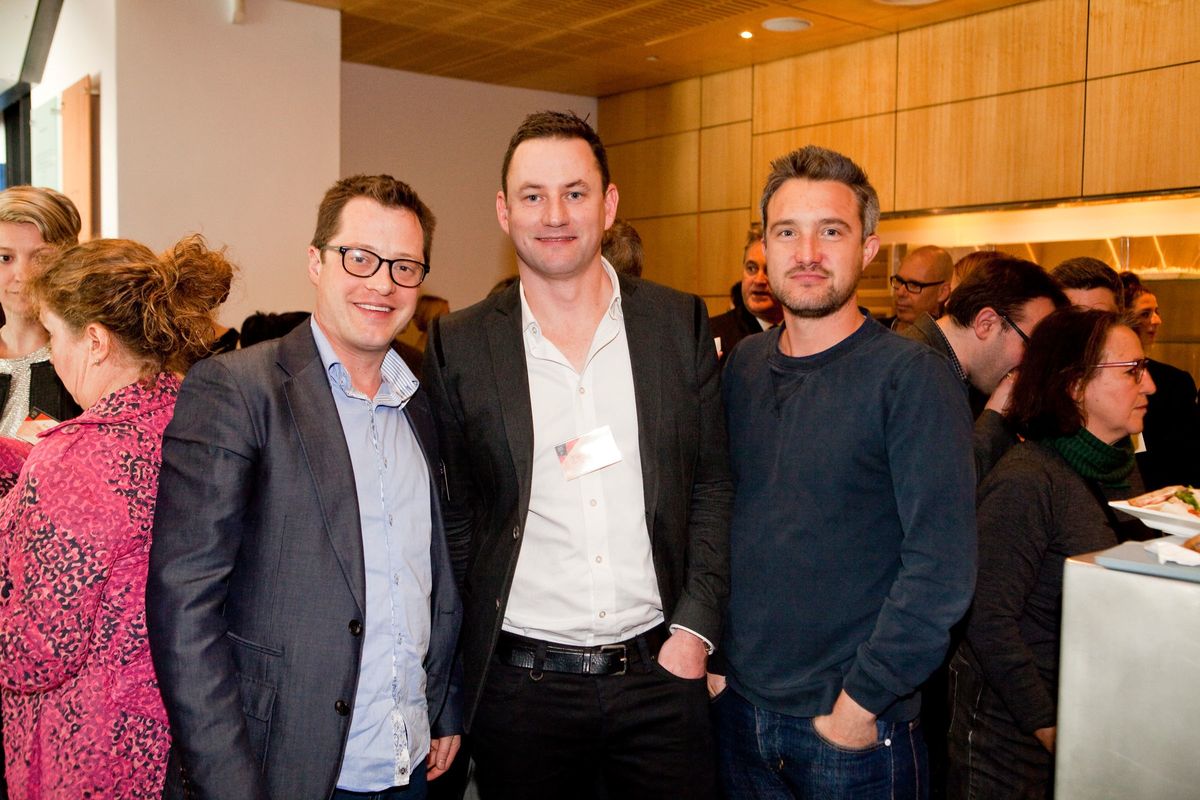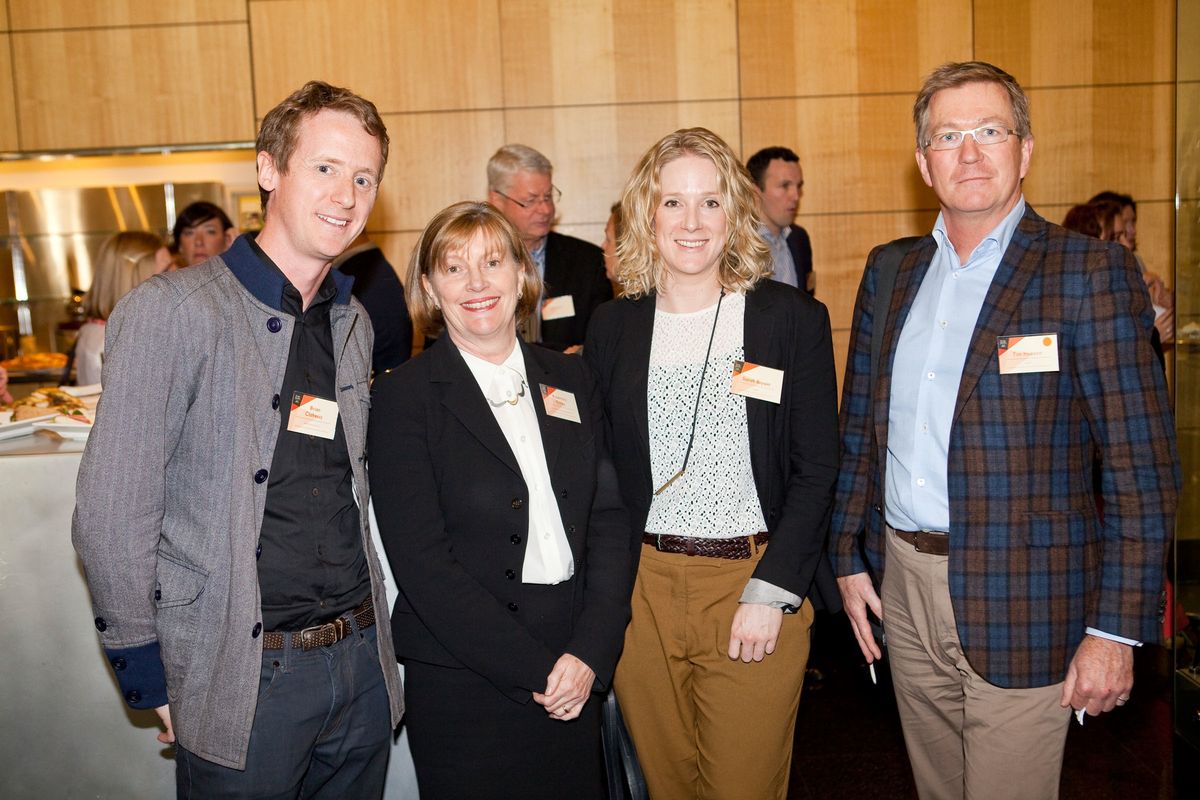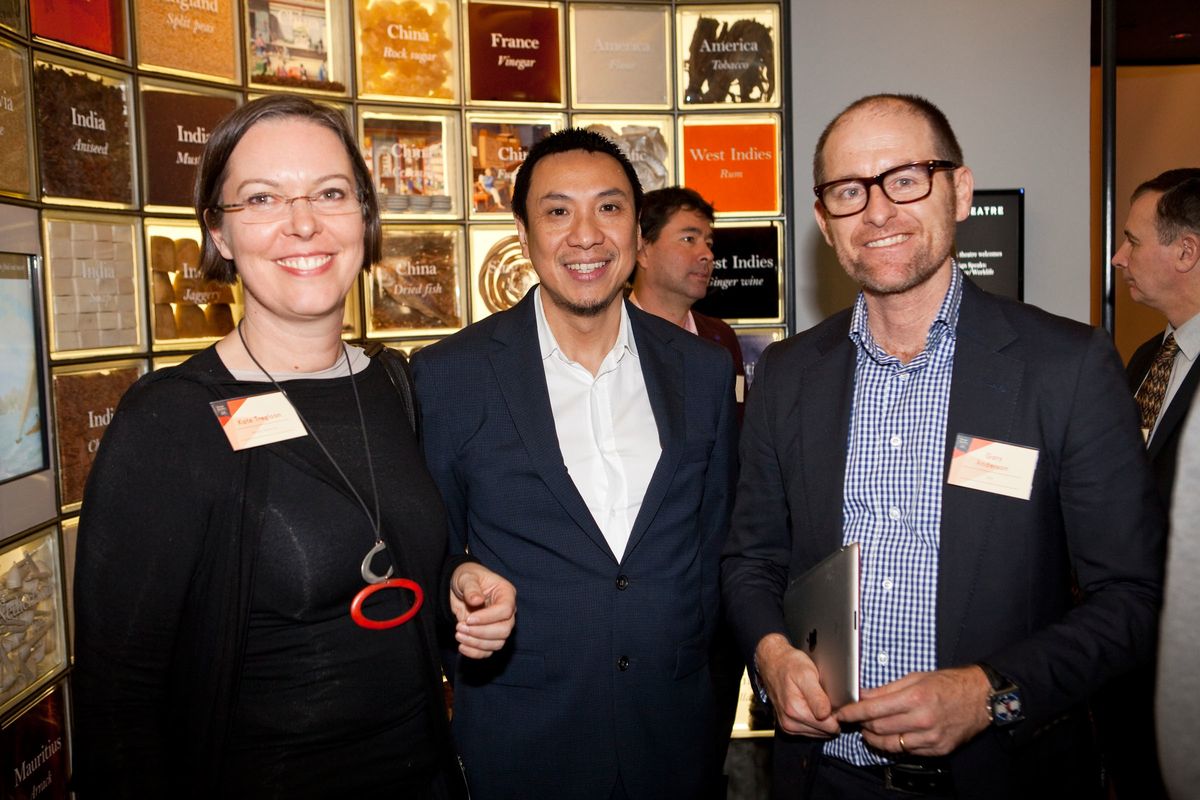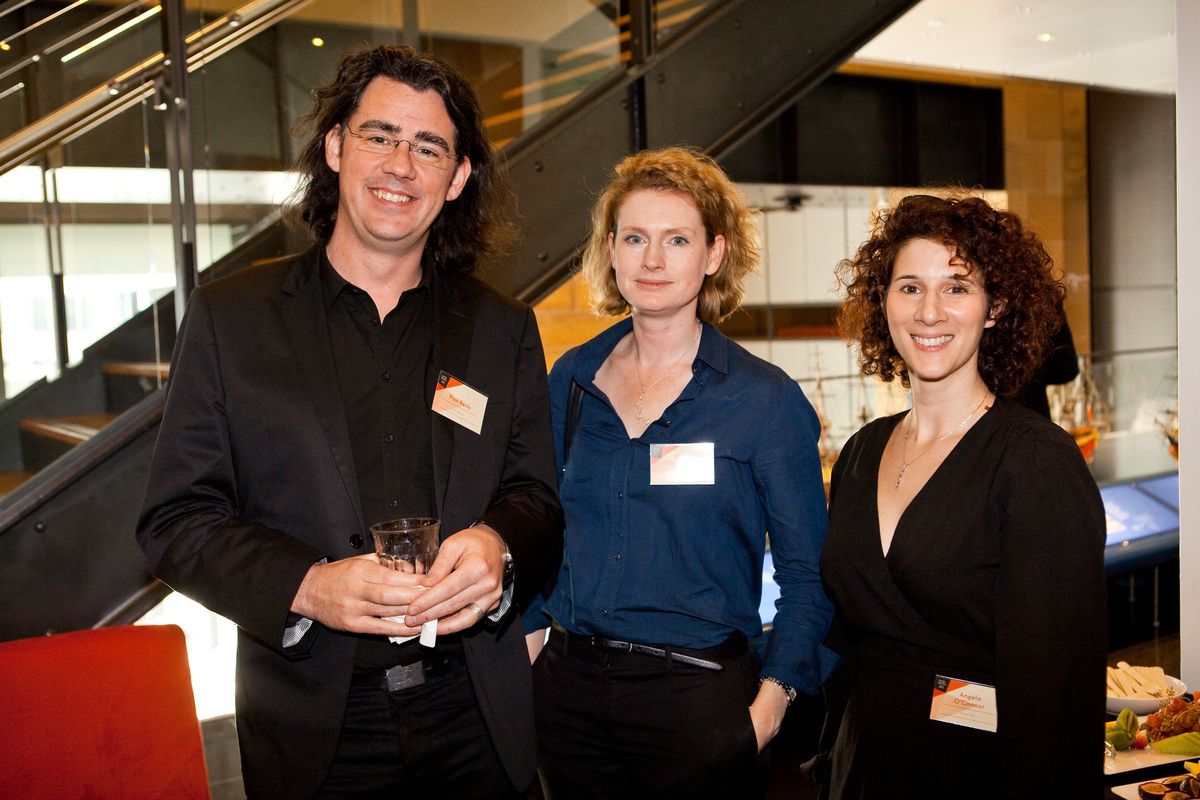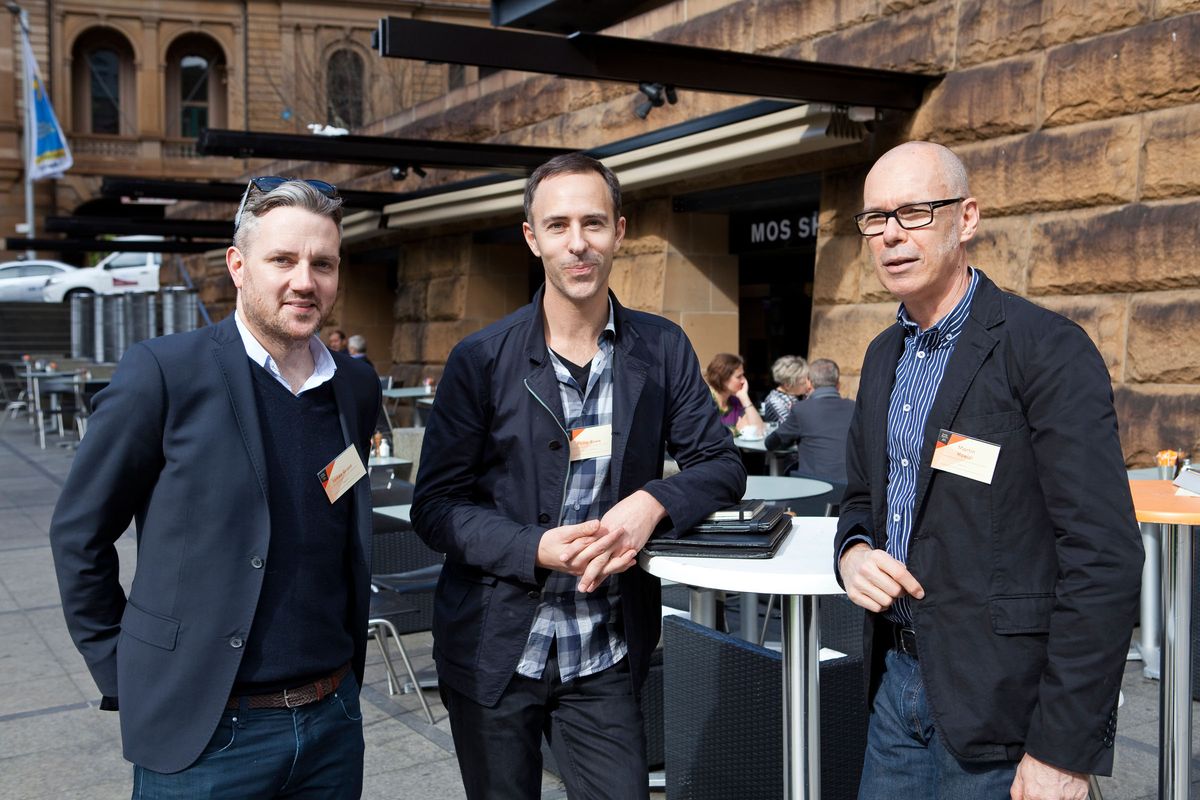At the Workplace/Worklife forum at the Museum of Sydney in August 2013, architects, designers and strategists filled the room and the guest speakers were diverse, expert and frankly, entertaining. The event buzzed. So what was the trick? Well, there were a few.
Firstly, of course the topic is hot especially if you are addicted to change because, as the Australian context demonstrates, workplace design is a highly innovative, exciting and perhaps risky business – decidedly not a simple exercise. As a concept, work itself is difficult to define in this our contemporary state of flux where new workplace methodologies are becoming spatial realities rippling through to inspire and rapidly transform business models and entire industries.
Together with the new technologies and their ubiquitous appendages (devices), significant shifts in population demographics (including the looming impact of ageing Baby Boomers) raise questions in Australia and beyond as to who we are, what we want, where we live, our expectations for lifestyles through to retirement and our (un)willingness to increase taxes. Obviously there is a direct correlation between work and lifestyle, so how do we as designers contribute to mitigating our vulnerability inherent in this state of flux?
Which brings us to the forum’s second trick that worked so brilliantly: presenting workplace design within the context of economic and behavioural research, demographics and projection, with case studies exemplifying the revolution in the nature of work, spatial implications and the impact of technology, culture and the quest for sustainability. Interspersed between the keynote speakers were a series of substantive, broadly engaging panel–audience discussions that teased out provocations and challenge speculations
Most powerful was the selection of the keynote speakers themselves. Each clearly articulated the topography and occupation of the emerging concept of workplace: Monica Parker (head of UK workplace consultancy Morgan Lovell), Bernard Salt (partner at KPMG Australia) and designer Oliver Marlow (Tilt, UK).
As Marshall McLuhan wrote in 1967, “The old civic, state and national groupings have become unworkable. Nothing can be further from the spirit of the new technology than ‘a place for everything and everything in its place.’ You can’t go home again.”
The Workplace/Worklife conversation continues. Highlights from the discussion and debate will be presented in the November issue of Artichoke magazine. Subscribe.
The next Design Speaks event is Artichoke Night School No. 11 (Brisbane, 21 August 2013) exploring the future of learning spaces. Book tickets.

